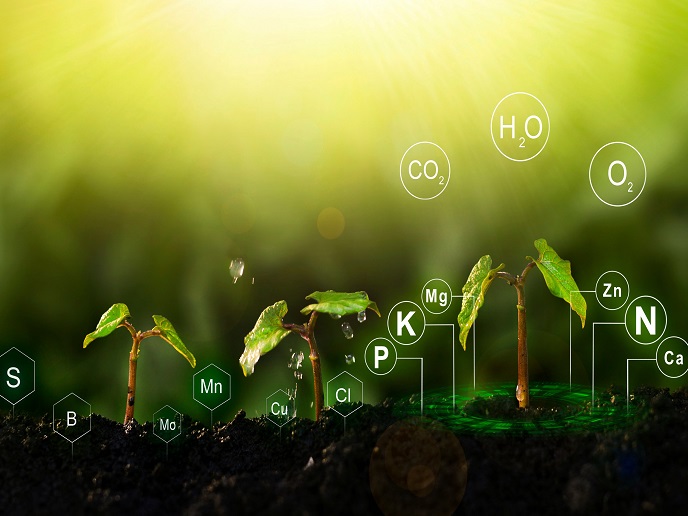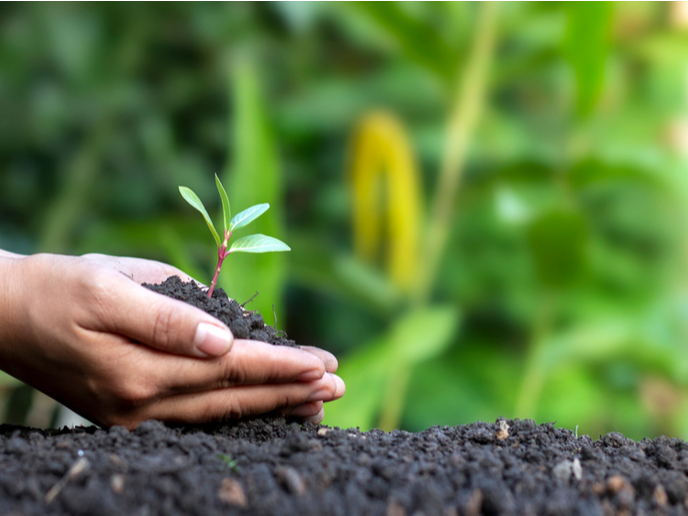Creating fertiliser from air – and manure
Half of the world’s population is dependent on food grown with chemical nitrogen fertilisers. The production of these fertilisers relies on fossil gas and coal, which results in significant greenhouse gas emissions. Nitrogen is also lost – as ammonia into the air, and by leaching into waterways – where it acts as a serious pollutant. The EU-funded SmartNitroFarm (Local fertiliser production by plasma treatment) project improved and commercialised a groundbreaking technology to solve both of these problems, providing an environmentally friendly circular solution on the farm. SmartNitroFarm is a system that uses livestock slurry, air and electricity to produce fertiliser locally, drastically reducing carbon emissions and boosting crop yields at the same time. “The technology adds nitrogen from the air into slurry, which increases the nitrogen content,” explains Helen Kvande Due, business development manager at N2 Applied in Norway. “The reaction prevents the loss of ammonia and eliminates methane emissions, making it a real solution helping to achieve climate target commitments on an industrial scale,” she adds.
Market preparations and pilot trials
N2’s unit can be installed locally on farms or in biogas plants. It is roughly the size of a shipping container and easily fits into existing farm infrastructure. Liquid manure is treated prior to storage, and kept available for use when necessary. By adding air and electricity into the liquid manure, the system creates a nitrogen-enriched organic (NEO) fertiliser, with the same characteristics as slurry, but with a higher nitrogen content. This means it can still be spread using existing farm equipment and boosts yields. The overall objective of the SmartNitroFarm project was to prepare the technology for commercialisation. In the first part of the project, the team ran pilot trials in different markets and designed the next generation of the technology based on feedback from this phase. In the second part, the team addressed business and market development, and communication, to ensure a successful market entry. Six pilot farms were selected to take part in the trials, with a unit installed at each one. This allowed the researchers to test the technology’s operation in a real-world environment, and then test the performance of the fertiliser. The results of these trials also fed into the design of the first commercial unit.
Farmer feedback and new partnerships
“The most important results include successfully completing the assembly, installation and operation of the six pilot units in different markets,” notes Due. “In addition, results on the business development side include signing a partnership agreement with global agricultural distributor GEA, and launching the next-generation N2 Unit at the EuroTier trade show in Hannover,” she says. During the project, the team mapped stakeholder and potential customer needs, in addition to a pilot feedback survey with the pilot farmers. “Overall, all pilot customers were satisfied with the project and very interested in the technology,” Due adds. “The main issue identified is a lack of subsidies and government support for farmers to reduce emissions.”
Future innovation
Through progress made during the SmartNitroFarm project, the technology has reached technology readiness level [TRL] 8. “We will work with our new partner, GEA, to bring the technology to TRL 9,” says Due. “Additionally, a main focus going forward is working to get governmental support to excel the adoption of the technology.”
Keywords
SmartNitroFarm, fertilisers, air, slurry, electricity, pilot, trials, farmer, feedback, technology







